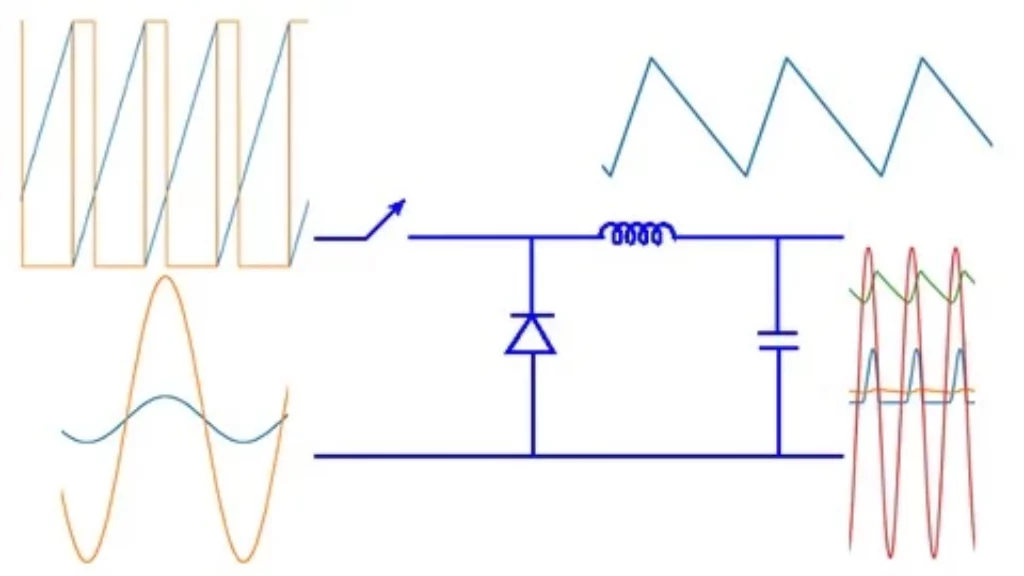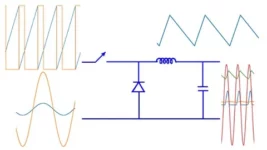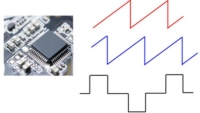
Overview of Simulating Power Electronic Circuits using Python Course on Udemy
Ready to blend Python programming with power electronics? The “Simulating Power Electronic Circuits using Python” course on Udemy, led by instructor Shivkumar Iyer, offers a unique hands-on approach to mastering circuit simulations. This course features 18.5 hours of on-demand video content and 11 downloadable resources, guiding you through the essentials of power electronics using Python’s powerful libraries. Perfect for engineers and students, it bridges theory and practice seamlessly.
Enroll today with coupon 6CA3FADA326B7170080D (valid until May 31, 2025—check the offer box below for the discount link!) and start simulating circuits at an incredible value.
What to Expect from the Simulating Power Electronic Circuits using Python Course
This course delivers an 18-hour immersive learning experience, tailored for electrical engineers, power electronics enthusiasts, and Python learners. Shivkumar Iyer’s teaching style is methodical and practical, walking you through simulations step-by-step with real-world examples. Expect hands-on coding using Python libraries like NumPy and Matplotlib, applied to power circuits like rectifiers and inverters. Hosted on Udemy, it offers lifetime access, letting you learn flexibly at your own pace.
What You Will Learn in Simulating Power Electronic Circuits using Python
Here’s what you’ll master:
- Python for Simulations: Use Python libraries to model electronic circuits.
- Circuit Basics: Understand key power electronics components and systems.
- Simulation Techniques: Simulate rectifiers, inverters, and DC choppers.
- Data Visualization: Plot circuit behaviors with Matplotlib.
- Practical Projects: Build simulations for real-world power applications.
- Problem-Solving: Analyze and optimize circuit performance with code.
Why Choose This Simulating Power Electronic Circuits using Python Course on Udemy
Why pick this course? Shivkumar Iyer’s expertise in power electronics and programming ensures a high-quality, practical curriculum that’s rare in this niche. The 11-hour duration provides in-depth coverage, while 11 downloadable resources enhance your hands-on practice. It’s an invaluable skill-builder for engineers aiming to innovate in power systems. Use 6CA3FADA326B7170080D to snag it at a discount (see offer box)!
Recommended Courses with Power Electronics and Python Focus
Looking to expand your skills? Check out these related courses:
Microcontroller Programming for Power Electronics Engineers Best seller
Introduction to Electronics Best seller
- Power Electronics: Rectifiers and Inverters – Dive into circuit theory without coding.
- Python for Engineers: Practical Applications – Broaden Python skills for engineering.
- Simulation of Power Systems using MATLAB – Explore an alternative simulation tool.
Our Review of Simulating Power Electronic Circuits using Python Course
From an admin’s perspective, this course stands out for its well-structured blend of Python and power electronics. Shivkumar Iyer’s delivery is clear and engaging, making complex simulations approachable. The hands-on focus—coding real circuits like inverters—is a major strength, though it assumes some Python basics, which might challenge absolute beginners. The 11 resources are a solid bonus for practice.
Pros:
- Unique fusion of Python and power electronics.
- Practical, project-based learning with 11 resources.
- Shivkumar’s expertise shines in every lesson.
Cons:
- Requires basic Python knowledge upfront.
- Niche focus may not suit all engineers.
With 6CA3FADA326B7170080D, it’s a steal!
Rating the Simulating Power Electronic Circuits using Python Course
Overall rating: 9.4/10
- Content: 9.5/10 – Deep, practical coverage of a specialized topic.
- Delivery: 9.3/10 – Clear and methodical teaching.
- Value: 9.4/10 – Affordable with 6CA3FADA326B7170080D.
Elevate your engineering skills—enroll now and simulate power circuits like a pro with this standout course!











